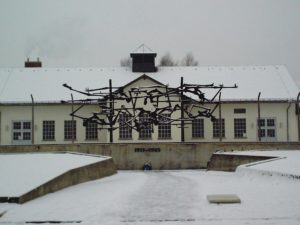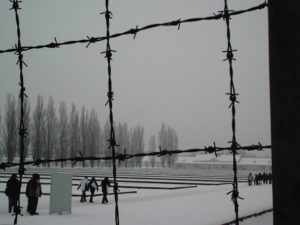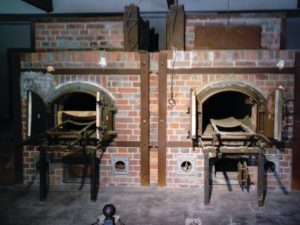The Dressmakers of Auschwitz: The True Story of the Women Who Sewed to Survive by Lucy Adlington
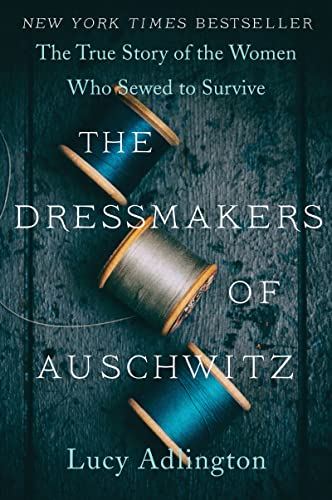
“It is fascinating to note how clothing so often played a role in resistance, as life-saving warmth, a heart-warming gift, a hiding place or a disguise.”
― Lucy Adlington, The Dressmakers of Auschwitz: The True Story of the Women Who Sewed to Survive
Summary:
At the height of the Holocaust, twenty-five young women of the Auschwitz concentration camp were selected to sew fashions for elite Nazi women. It was work that they hoped would spare them from the brutalities of the camp. The Dressmakers of Auschwitz follows the fates of these brave women and their friendships. These bonds helped them endure persecution and encouraged their camp resistance. Lucy Adlington also includes an interview with the last surviving seamstress.
My thoughts:
The story starts off with their lives before the war. It details the fashion trends and how they changed with the war times. I found it fascinating that fashion played an important role promoting power and authority to the Nazis. The progression of this book was interesting. It is told from the view of multiple women, and lets you truly imagine what they were going through. Essentially, living minute by minute and never knowing what could happen tomorrow.
The author invested a lot of time researching these stories and ensuring each detail was important for the book. I really enjoyed this, and I had no clue it was non-fiction! It is written in a way that it felt like it could have been Historical Fiction, so that made it even better!

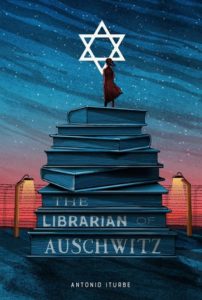
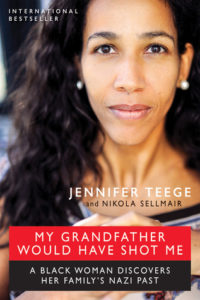 My Grandfather Would Have Shot Me
My Grandfather Would Have Shot Me